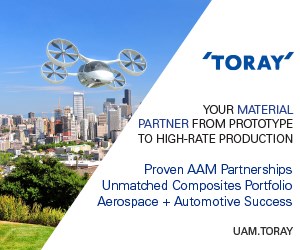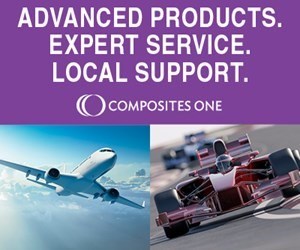China's Aerofugia begins production of AE200-100 eVTOL aircraft
Eight-rotor piloted composite aircraft moves into prototype phase for airworthiness certification and large-scale production delivery.
Share
As reported by Airframer.com, Aerofugia Technology Co. Ltd. (Chengdu, Sichuan, China) has begun production of its AE200-100 six-seat electric vertical takeoff and landing (eVTOL) aircraft. The milestone marks the start of the prototype phase for airworthiness certification and mass production.
The piloted AE200-100 is Aerofugia’s first independently developed aircraft. It features an eight-rotor, four-tilted-wing design and a carbon fiber composite fuselage — the company announced a collaboration with HRC Aviation in 2024 “supporting the AE200 Family R&D project and jointly promoting the commercialization of eVTOLs.”
With a 200-kilometer range, the AE200 is suited to applications in urban air mobility, low-altitude tourism and emergency services. The company says its electric propulsion reduces operating costs compared with conventional helicopters.
More than 1,000 commercial orders have already been secured, with first-year production capacity fully booked. Customers include Sichuan Airlines, Hualong Airlines, Shenzhen City Transportation Low-Altitude Operational Center and Thailand’s SIT.
The AE200 has completed its all-tilt transition flight test, reportedly becoming China’s first manned eVTOL to do so. Aerofugia says it intends to accelerate commercialization as it continues progress toward full certification and delivery.
Aerofugia was founded in 2020. A subsidiary of Geely Technology Group, the company manufactures low-altitude umanned aerial vehicles (UAVs) and eVTOL passenger aircraft. In 2021, Aerofugia formed a joint venture with the German eVTOL company Volocopter.
Related Content
-
Joby conducts FAA testing, moves into final certification
Successful static loading testing of tail structure and Type Inspection Authorization by FAA pilots moves Joby closer to its 2025 targets.
-
Composites end markets: Pressure vessels (2024)
The market for pressure vessels used to store zero-emission fuels is rapidly growing, with ongoing developments and commercialization of Type 3, 4 and 5 tanks.
-
Braided thermoplastic composite H2 tanks with co-consolidated molded boss areas to fit EV battery space
BRYSON project demonstrates possible designs, automated manufacturing and low permeability concepts, including EVOH liner and novel PPA matrix.








